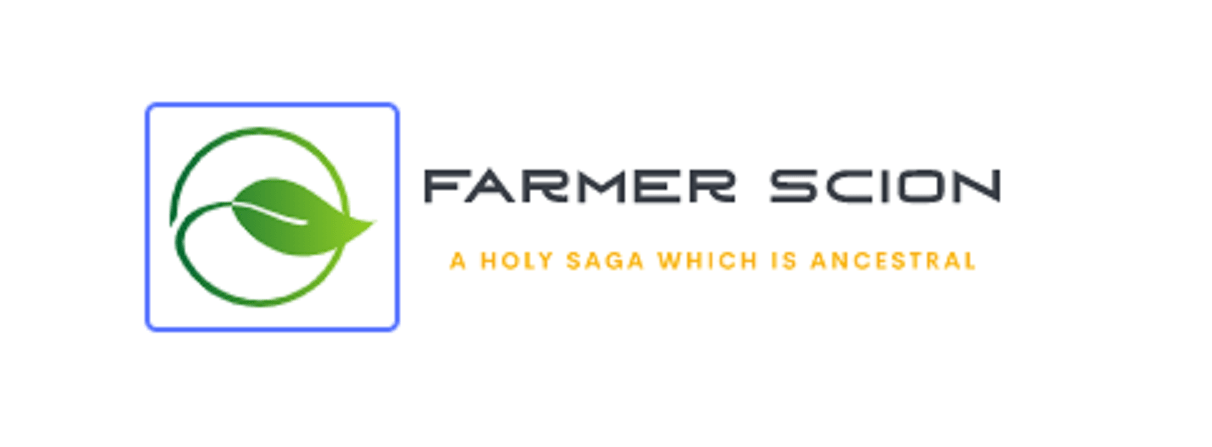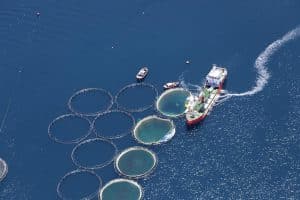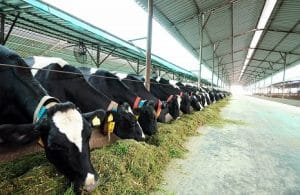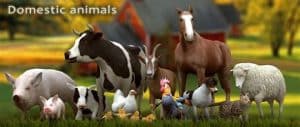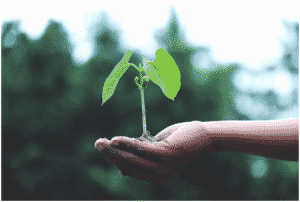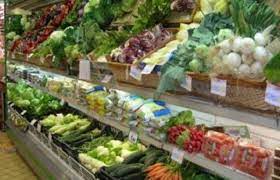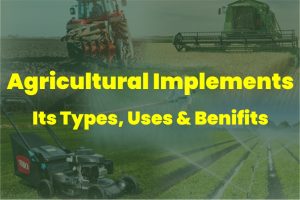What is Pisciculture, Its Type and Methods
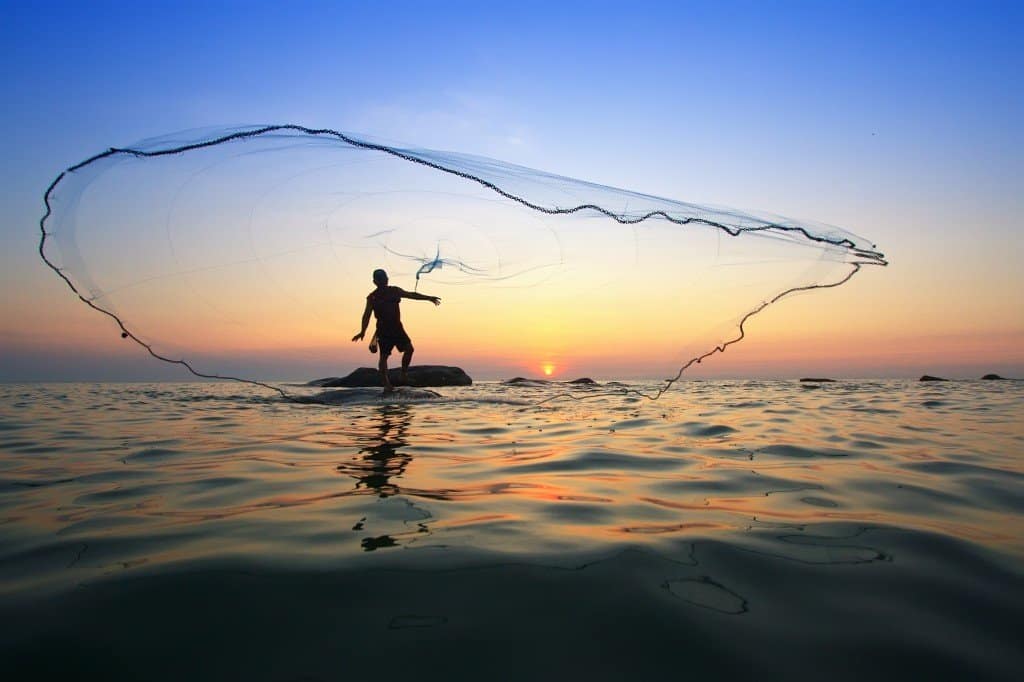
Fish culture, also known as pisciculture, is the rational production of fish in a limited aquatic environment where agricultural and animal husbandry principles are applicable. The soil and water management aspect of fish culture practice, which involves the application of organic manures and inorganic fertilizers for the production of microscopic plants, the phytoplankton, is essentially similar to agriculture, whereas fish husbandry, such as feeding, breeding, and health care, is more or less comparable to a livestock farming system.
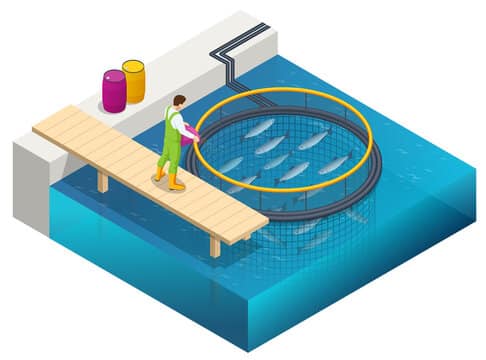
The farmed animal is also cold-blooded or poikilothermic and lives in a water medium, making this farming technique unusual. Despite the fact that this fish farming has been around for around 2000 years, its significance has only lately been recognized in the face of escalating strain on land resources and a lack of animal protein for the world’s ever-increasing human population. While discussing fish culture, it appears acceptable to highlight several significant characteristics of fish farming systems and their importance to emerging nations’ rural development programs.
Did you realize that fish are bred in captivity? This form of farming is known as ‘Pisciculture.’
Pisciculture, or fish farming, is the process of breeding, producing, and shipping fish for both home and commercial purposes. It is also known as aquaculture, fish farming, or mariculture.
What exactly is Pisciculture meaning ?
Pisciculture is the commercial breeding of fish. It’s a type of aquaculture in which aquatic creatures, including fish, crabs, and molluscs, are carefully cultivated and harvested. It can be done in either a natural or a simulated natural context.
A fish hatchery is a facility that releases young fish into the wild for recreational purposes or to augment the natural population of a species. The most popular fish species farmed at fish farms across the world are carp, catfish, salmon, and tilapia.
Aquafarming is a wide phrase used to describe the commercial activities of cultivating and harvesting aquatic creatures for profit or survival. The activity of aqua farming in water is referred to as “mariculture.” Pisciculture is the term used to describe aquafarming or the cultivation of fish in tanks or home ponds. To meet demand, all of these forms of aquafarming and firms are rapidly developing. According to the food and agriculture sector, aquaculture is predicted to develop three times faster than land-based agriculture markets.
It’s already a large business, with China, India, and Vietnam producing the most and the US producing the least. Globally, increased demand for seafood, particularly high-quality protein, is driving growth.
Aquaculture, a fast expanding agricultural sector, is predicted to furnish about two-thirds of the fish intended for world consumption by 2030.
The vast majority of seafood produced in the world is produced in some sort of aquaculture. Crustaceans, molluscs, aquatic plants, algae, and a variety of fish are all becoming huge businesses all over the world.
Pisciculture, on the other hand, is classified into three types. The three forms of culture are monoculture, polyculture, and monosex culture.
Types of Pisciculture or Fish Farming

Monoculture
Monoculture allows for the farming of a single species of fish. It has a high production and quality level. These fish are popular among customers.
Polyculture
Polyculture is also known as composite or mixed fish farming. Polyculture permits numerous species of appropriate fish to grow in the same pond. Their eating habits, on the other hand, must change in order for each species to survive on a different sort of food from a shared source. It is a helpful sort of pisciculture.
Monosex Culture
Monosex Culture allows you to grow either female or male fish of the same species. This culture produces fish in this manner. Tilapia is one such example of a fish.
Methods of Fish Farming OR Pisciculture
Different fish farms utilize different methods, which are discussed further down:
Cage System
In the Cage System, metal cages are immersed in water containing fish. This aquaculture approach allows the fish to be fed artificially. Despite the fact that the cage industry has achieved numerous technological advances in cage construction in recent years, the risk of storm-related damage and escape remains a worry.
The Pond System
People in a Pond System need a small pond or tank to keep fish in. It is one of the most advantageous fish raising strategies. In small systems, fish are routinely given commercial fish food, and their waste products can help fertilize the crops. In bigger ponds, the pond develops water plants and algae for fish food.
Integrated Recycling System
As part of the Integrated Recycling System, large plastic tanks containing fish are put in a greenhouse. A hydroponic bed is also beside the tanks. The water from the fish tanks is used to cultivate basil, parsley, and other plants. When tilapia are raised in tanks, they can consume algae that grow naturally in the tanks if they are properly fertilized.
Classic Fry Farming
In Classic Fry Farming, fish are reared from eggs to fingerlings before being discharged into stream water. The fry is fed commercial fish meal pellets.
Difference Between Pisciculture and Aquaculture ?
Aquaculture : Aquaculture is the cultivation of freshwater and saltwater creatures such as finfish, molluscs, crabs, and aquatic plants. Aquaculture, sometimes known as aquafarming, is the cultivation of aquatic populations under controlled conditions, as opposed to commercial fishing, which is the collection of wild fish. One-half of the fish and shellfish consumed directly by humans is supplied by commercial aquaculture.
Pisciculture : Fish farming is the most common type of aquaculture, while other methods may be classified as mariculture. Fish farming is the commercial rearing of fish in tanks or cages, generally for food. A fish hatchery is a facility that releases young fish into the wild for recreational fishing or to augment a species’ natural population. Salmon, carp, tilapia, European seabass, catfish, and cod are the most commonly farmed fish.
Advantages of Fish Farming or Pisciculture
The following are some of the benefits of fish farming:
- Fish farming does not need a large investment; a simple concrete tank is sufficient to get started.
- The farmed fish are grown under strict monitoring in order to boost their nutritional value. As a result, the quality of these fish is greater than that of wild fish.
- There are several fish that are appropriate for rearing. As a result, fishery owners may pick the best type of fish that will be profitable for them.
- People may make money by converting any poor and barren plot of land into a fish pond.
- The demand for fisheries fishes is growing by the day. As a result, individuals can begin fish farming by dedicating some space to their existing farms. It will significantly enhance their revenue.
- Fish aquaculture has low risk considerations since the fish are confined. This prevents strangers from accessing the area and catching fish.
- People do not need to collect wild fish on a huge scale since the fish are safe in fish tanks. It aids in the restoration of natural ecosystems.
- Another benefit of fish farming is that it creates jobs.
Disadvantages of Fish Farming or Pisciculture
- Fish culture needs a larger amount of irrigation water as well as a greater depth of water. This will be a major issue in the future, especially given the scarcity of water owing to increased human consumption.
- Raising and reinforcing agricultural bunds necessitates more expenditure and labour.
- There is a demand for rice varieties that are resistant to deep water and cold temperatures.
- Young seedlings may be harmed by fish that uproot them (carps) or devour them (Tilapia rendalli).
- Certain areas of the field are lost to fish culture due to the installation of trenches and fish refuges.
- Fertilization and feeding the fish incur additional expenditures.
FAQs On Fish Farming Or Pisciculture.
Q: Do we use antibiotics in our fish?
A: We have a rigorous policy of using medicinal substances as little as possible. However, fish, like humans, may become unwell. We firmly believe in prevention over therapy, and we have only had to treat a few individual cages of juveniles twice since 2009.
Any therapy is carried out under the close supervision of a veterinarian. If we must use antibiotics, the fish are isolated following treatment to guarantee they are healthy and have no residues of drugs.
Q: What makes up the feed?
A: The feed is made entirely of natural ingredients such as fishmeal, fish oil, wheat meal, soy meal (non-GMO), soy oil, minerals, and vitamins. The components are prepared in a unique method to maximize digestion for the fish. There are no antibiotics, attractants, growth boosters, or hormones in the diet.
Q: How long does it take to grow a fish to market size?
A: It depends on the species and the time of year. After 12-14 months, sea bream normally reaches market size. The sea bass grows a little slowly, reaching market size after 14-16 months. The meagre is the quickest growing plant, reaching market size in 9-11 months.
Q: What is pisciculture and how does it work?
A: Pisciculture or fish culture refers to the process of raising and growing fish in ponds, reservoirs, lakes, rivers, and paddy fields.
Q: Does the fish farm have an impact on water quality?
A: Several years of monitoring by independent businesses show that, while there are seasonal changes in the parameters we measure, the influence of the fish farm on water quality is insignificant.
Q: Is water quality tested on a regular basis?
A: We do water testing at all of our locations on a monthly basis. The Malta Centre for Fisheries Sciences, an independent contractor in the sector, conducts the sampling and analyses. The following parameters are assessed on samples obtained at various depths:
- Temperature
- PH
- Dissolved oxygen
- Salinity
- Nitrates
- Phosphates
- Ammonia
- Chlorophyll
- Coliform bacteria
Q: Is swimming near a fish farm safe?
A: Swimming near the fish farm is completely safe. However, because it is a private firm, the boundary line must be followed in order to avoid undue disturbance to the fish. Within the boundary line, no sailing, fishing, or swimming is permitted.
Q: What effect does the seafloor have on the environment?
A: The environmental effect of a fish farm on the seabed is determined by a variety of factors. We have an effect, but it is mostly restricted to the region beneath the cages. Our most recent independent benthic assessment, conducted in 2005 by Ecosery Limited, found that, while the effects can be large directly beneath a cage, it gradually reduces as one moves away from the cage.
Q: Are farmed fish contaminated with disease? Will it be passed on to wild fish stocks?
A: When our fish arrive in Malta, they are all disease-free. Our fish are more prone to get the disease from wild fish, although the disease can sometimes be attenuated owing to a large number of fish present in the cages – each cage will house an average of 150,000 fish.
Q: Is it possible to freeze your fish?
A: Yes, our fish may be frozen; however, it is critical to thoroughly clean the fish before freezing.
Q: How long will your fish last?
A: The shell’s longevity is highly dependent on the temperature at which it is stored. They have a shelf life of up to two weeks if stored on ice, but only around five days if kept in a regular refrigerator. The shelf life is prolonged to three months when frozen to -18°C.
Under any conditions, it is critical to clean the fish as quickly as possible and to maintain appropriate hygiene. It is critical to remove all of the innards and gills while washing the fish. Before storing the fish, wash it in clean, running water.
Q: Do farmed fish have a different flavour than wild fish?
A: Taste is obviously subjective, but blind tasting trials have frequently revealed that there is very little difference between farmed and wild fish. The flavour of farmed fish reflects the high level of excellent quality fish meal utilized in current fish feeds.
In fact, unlike wild fish, which are more susceptible to seasonal variations, we have the benefit of being able to deliver a full-flavour fish all year.
Q: Is your aquaculture method environmentally friendly?
A: Yes, despite the fact that the carnivorous species we raise, the business is today a net producer of high-quality fish. The Fish Feed Dependency Ratio (FFDR) has traditionally been used in the aquaculture business to quantify how many kilogrammes of wild fish, primarily sardines, are required to generate one kilogramme of a farmed commercial species. As a result, FFDRs assess the sustainability of fish farming in relation to inputs from wild fisheries.
Historically, the FFDR was more than 1.0, implying that fish farming relied on the usage of wild-caught fish to be viable. However, thanks to various advances, the FFDR of these species is now closer to 0.6, indicating that the aquaculture business is now sustainable and well on its path to its ultimate aim of zero reliance on marine resources.
